You will now have 2 weeks to explore a range of ideas and techniques that demonstrate a creative understanding of identity and self portrait…
D e a d l i n e = F r i d a y 1 st D e c e m b e r ( your 3 strongest images will be sent off for printing and then we will mount / frame your work)
How to order your prints :
- choose your images
- copy the jpegs into M:\Departments\Photography\Students\Image Transfer\PRINTING AS Nov 2017
- Label the files with your name
Example Of Portrait Blog from last year…
You must provide ample evidence of the following…
- a mind-map that shows your ideas and influences
- a mood-board to show your visual influences
- a definition and examples of tableau, self-portrait and identity in photography
- a case study that shows your understanding of an influential photographer, including analysis and interpretation of a key image
- a range of photo-shoots to underpin your mini-project, inspired by your chosen photographer
- a selection of the most successful photos from your initial photoshoot(s) including SELF PORTRAITS
- formal analysis of your strongest image
- a range of editing and presentation techniques
- a final image ( or group of 2 , 3)
- an evaluation of your entire process, including screen shots and comparisons to the work of others…
HOMEWORK = 1-3 photo-shoots (50-150 images per shoot)
Themes you could choose from…
- gender identity
- cultural identity
- social identity
- geographical identity
- lack of / loss of identity
Make sure you refer to the powerpoint we have used in class to discuss a range of artists and their approaches to identity / self-portrait…
Then…
research and explore ways to present your work and create a blog post that articulates this clearly…
- A5 / A4 / A3 PRINTS (colour or b/w)
- in mountcard
- on foamboard
- structurally / 3-d
- other ?…think about composition, groupings and “clusters” of images
Keywords to use for this unit…
- perception
- viewpoint (POV)
- genre
- context
- composite image
- collage
- montage
- signs
- symbols
- metaphors
- codes
- juxtaposition
You may want to explore personal possessions or personal spaces like in this link…

Photoshop Tip of the Week
Using the dodge and burn tools to adjust exposure…
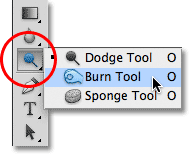
Burn = darken (check your exposure % and size of brush!)
Dodge = Lighten (check your exposure % and size of brush!)



Demonstrate a range of editing, manipulating, enhancing and presentation techniques.
You can explore Adobe Photoshop , Adobe Bridge and also Lightroom (extra class on Tuesday 21st LUNCHTIME)
You can explore manual editing techniques….like this

You should experiment with a range of presentation ideas.
You should exploit a range of editing apps and Instagram filters.
W e w a n t y o u to s h o w y o u r
c r e a t i v i t y…
Photoshop Key Skills | 1 x blog post per skill
- Double exposures / opacity control / Look at Adam Goldberg)
- Blending options and overlays, textures, frames
- Cut and paste (Look at Hannah Hoch) and Free Transform (Ctrl T) to create composite images (Photomontage) inspired by “Dada-ism”
- Layer Via Copy (Ctrl J) (see Christopher Relander) and Paste Special commands ( Selection Tools + Layer Mask to reveal)
- Joiner portraits (see David Hockney)
- Juxtaposing portraits (see John Stezaker and Joachim Schmid)
- Blurring techniques (motion, lens, gaussian etc)
Remember >>> Use your own photographs <<<
Soon you should have 3-5 carefully edited responses…clearly displayed as “Personal Responses” (AO4) and these will be printed for you ready to display.
EXTENSION
- Choose 1-3 examples from “CREATIVE IDEAS” on the side bar.
- Create your own version of the examples using the same technique as described and as used by your choice of artist
- Add to a new blog post with comparison and evaluation

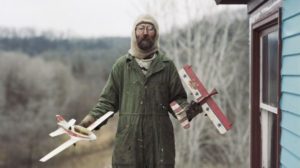



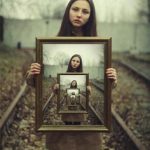
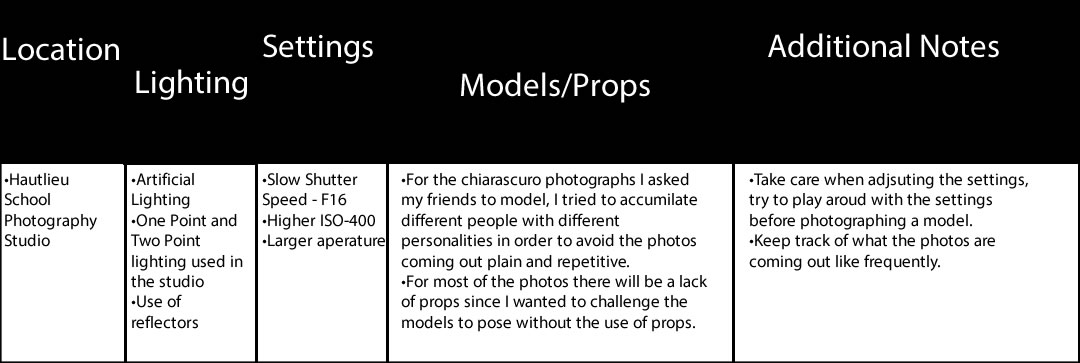

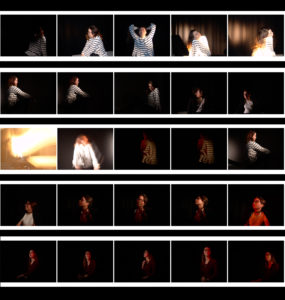















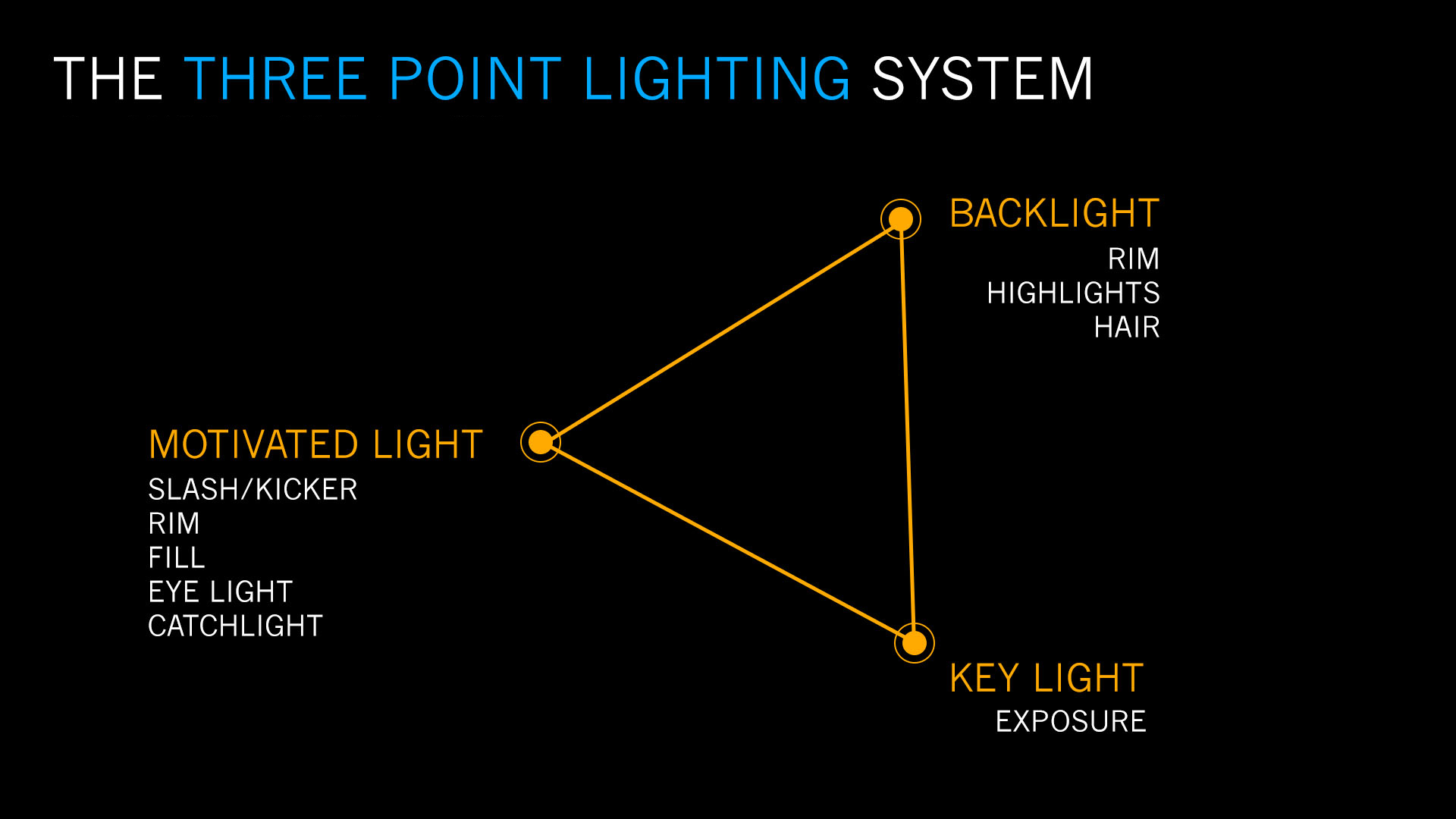 In this shoot I used the artificial lighting provided by the spotlights, to create a dramatic, almost black background, whilst using a red film to cast a reddish shadow onto the subjects face. I tried to position the subject's face using the rule of thirds, so that the eye was drawn to the face almost immediately, whilst blending in some of the subject's clothes into the darkness to create a smooth visually pleasing image.
This was my response:
In this shoot I used the artificial lighting provided by the spotlights, to create a dramatic, almost black background, whilst using a red film to cast a reddish shadow onto the subjects face. I tried to position the subject's face using the rule of thirds, so that the eye was drawn to the face almost immediately, whilst blending in some of the subject's clothes into the darkness to create a smooth visually pleasing image.
This was my response:
 Final pictures:
Final pictures:
 I chose this image because I loved how the subject emerged from the darkness through the slow faint gradient of the red. This I found created a more dramatic effect to the overall image taken.
I chose this image because I loved how the subject emerged from the darkness through the slow faint gradient of the red. This I found created a more dramatic effect to the overall image taken. What I liked about this image was how not all of the subjects profile was shown, as there is a clear contrast between the light and dark side of the face. This created a more abstract effect where the body seemingly is materializing from the darkness.
What I liked about this image was how not all of the subjects profile was shown, as there is a clear contrast between the light and dark side of the face. This created a more abstract effect where the body seemingly is materializing from the darkness.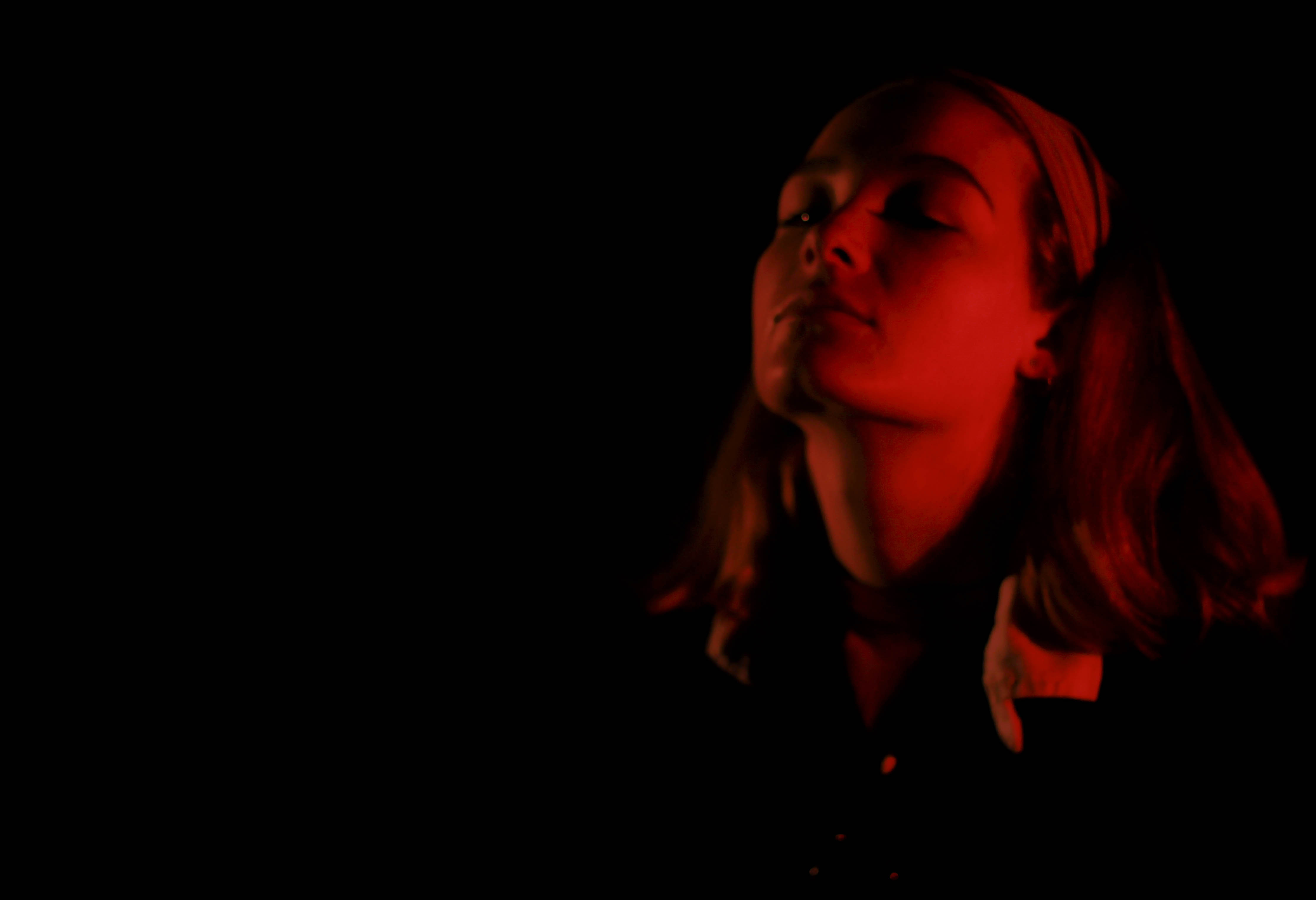 I found that the clear definition between certain points of the subjects face, such as the neck and forehead allowed from a most striking and dramatic look from the individual.
I found that the clear definition between certain points of the subjects face, such as the neck and forehead allowed from a most striking and dramatic look from the individual.  What I really liked about this image was the use of the main light only being used. By doing so it created a circular spotlight illuminating only the top half of the subject's body, whilst making an imposing and strong contrasted image.
What I really liked about this image was the use of the main light only being used. By doing so it created a circular spotlight illuminating only the top half of the subject's body, whilst making an imposing and strong contrasted image. The use of the shadow in this image allows for a strong contrast created by the singular spotlight, to which the slight gradient around the edges makes the overall image more sinister.
The use of the shadow in this image allows for a strong contrast created by the singular spotlight, to which the slight gradient around the edges makes the overall image more sinister.



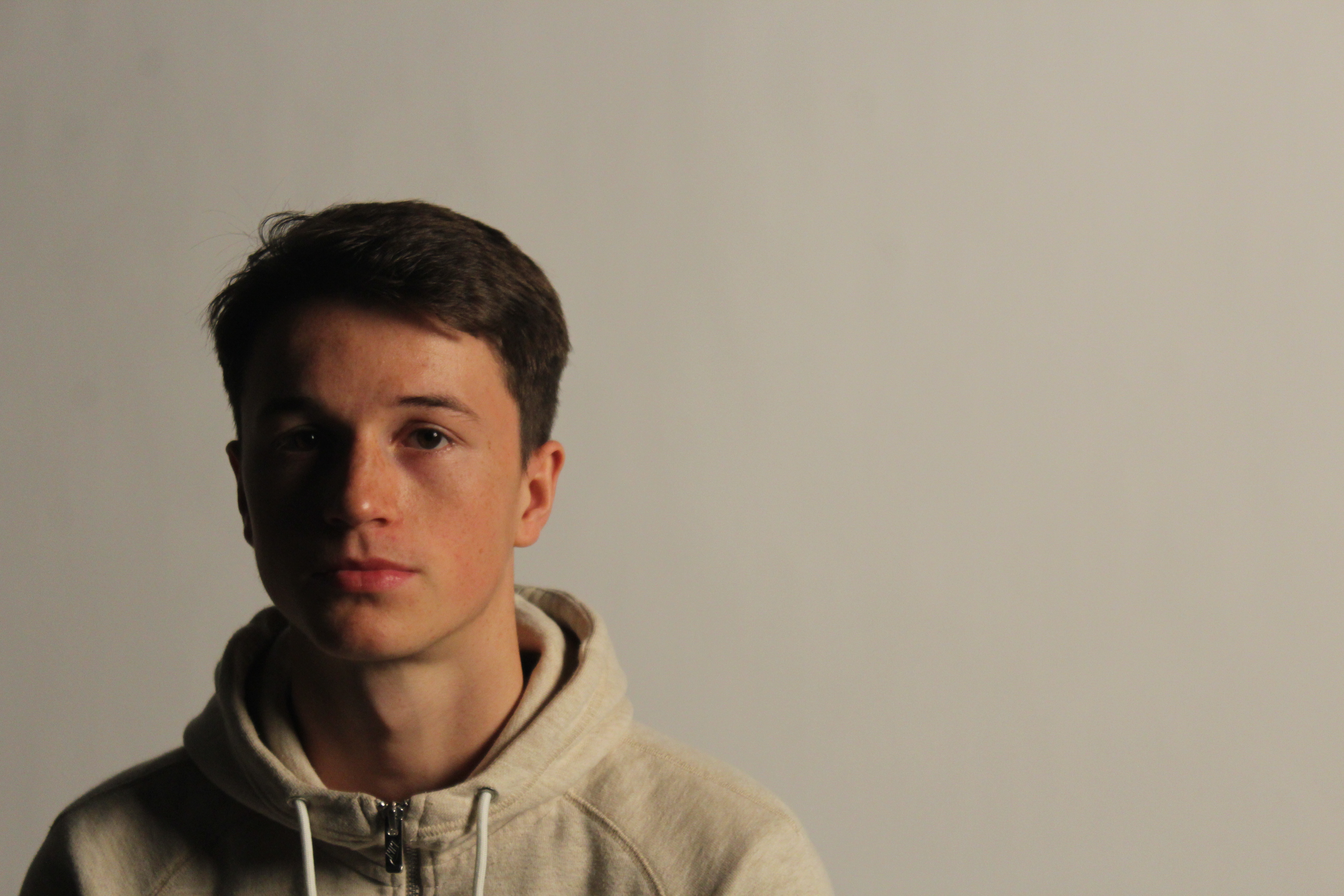
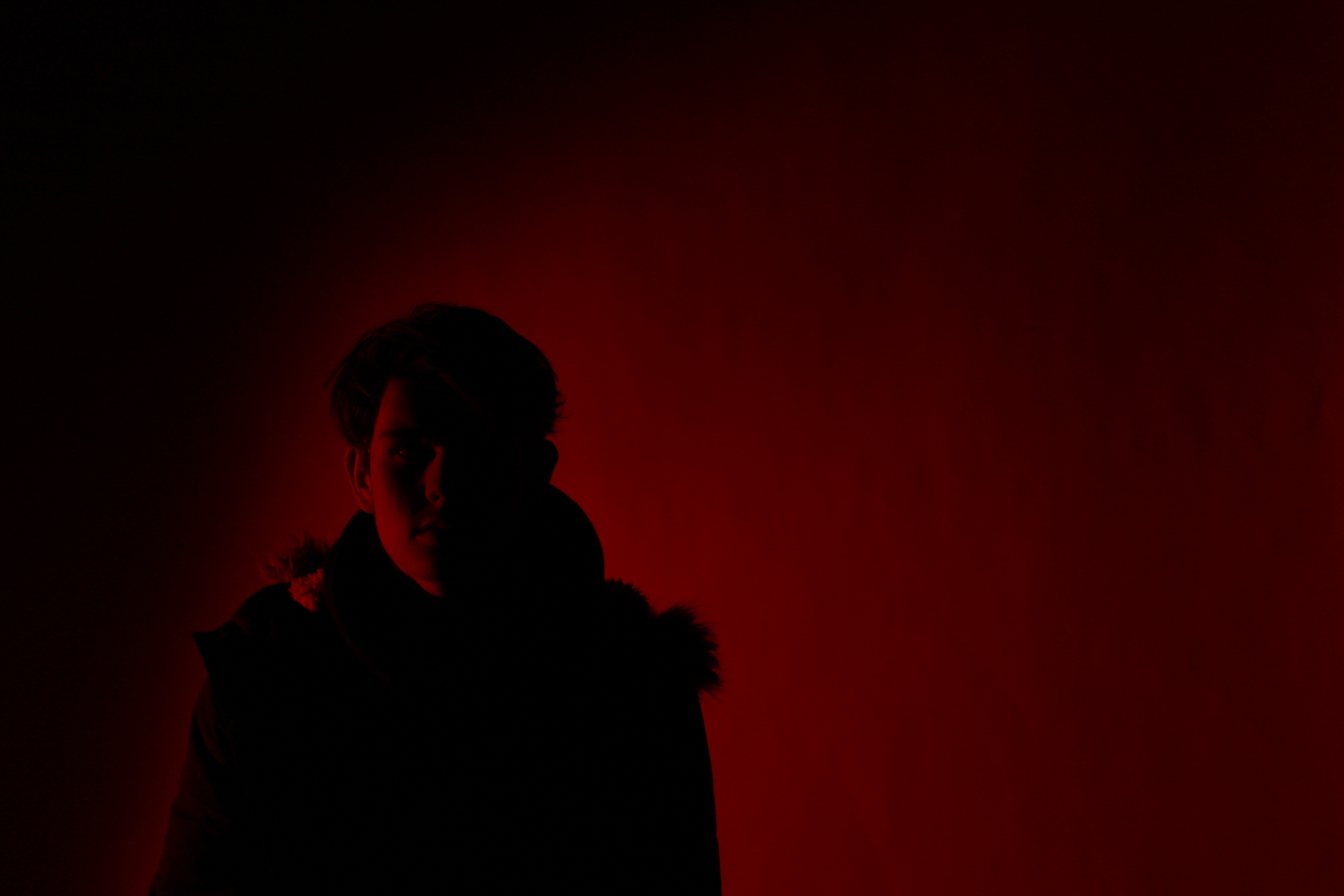

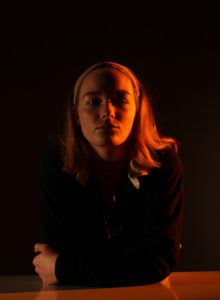




 Best Images from the shoot
Best Images from the shoot 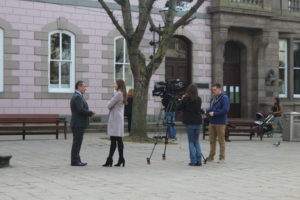
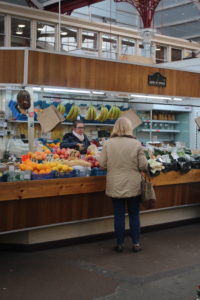

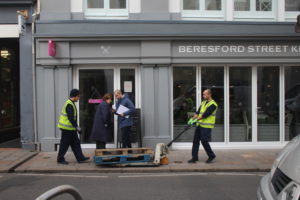

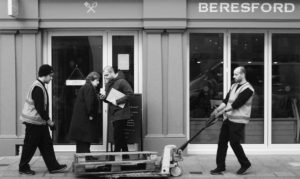


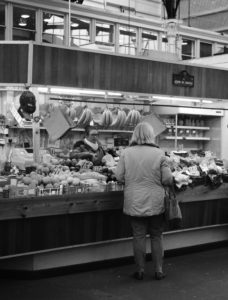
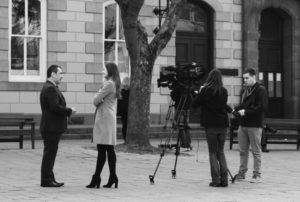



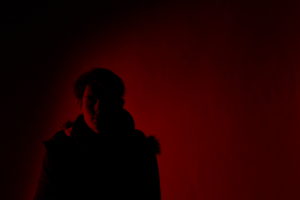





 I wanted to apply this to an image of mine to see the effects that could be made. These were my steps:
1) Navigate to the selection bar on the left, and pick the burn tool.
I wanted to apply this to an image of mine to see the effects that could be made. These were my steps:
1) Navigate to the selection bar on the left, and pick the burn tool. 2) Select a suitable size for the brush to match the face, and go over the parts of the face I want to darken once.
2) Select a suitable size for the brush to match the face, and go over the parts of the face I want to darken once. 3) Go back to the bar on the left and select the dodge tool instead, from there I lightened the parts of the image I wanted to have a clear contrast from the darkness.
3) Go back to the bar on the left and select the dodge tool instead, from there I lightened the parts of the image I wanted to have a clear contrast from the darkness.